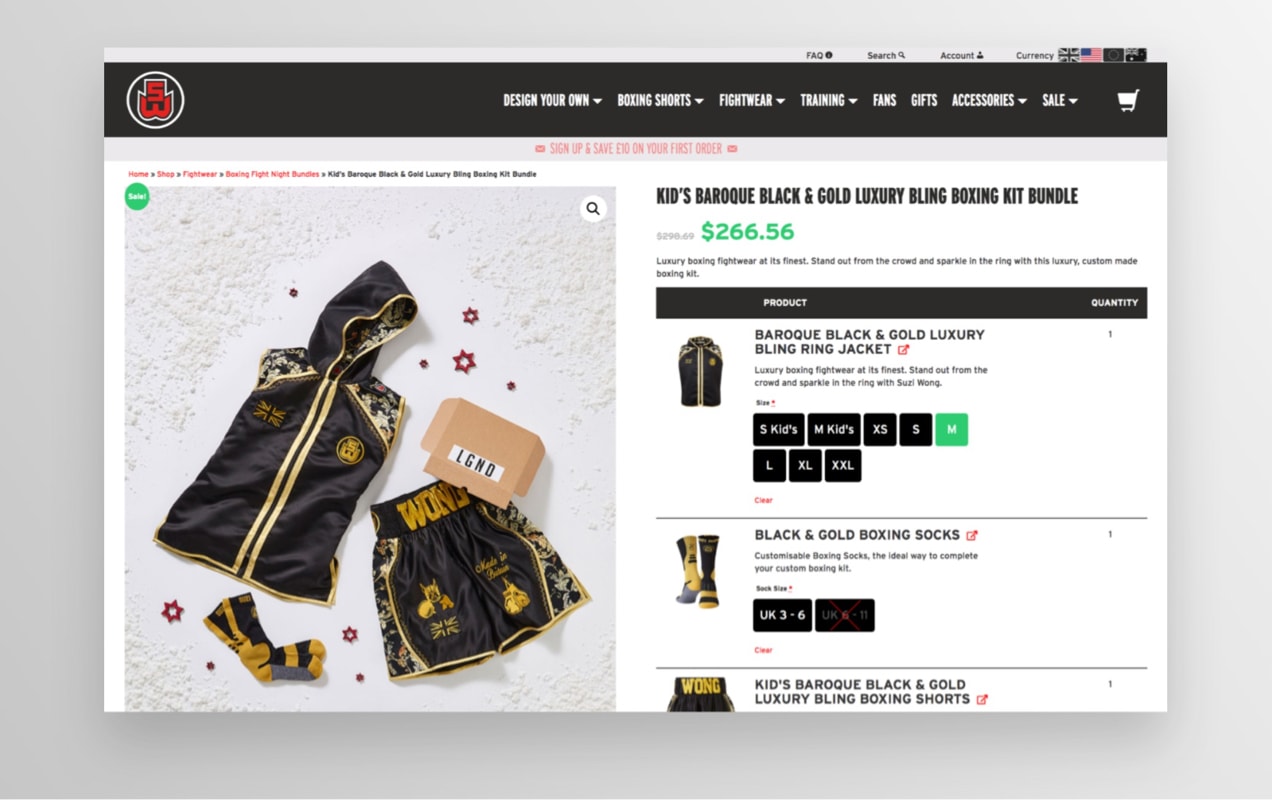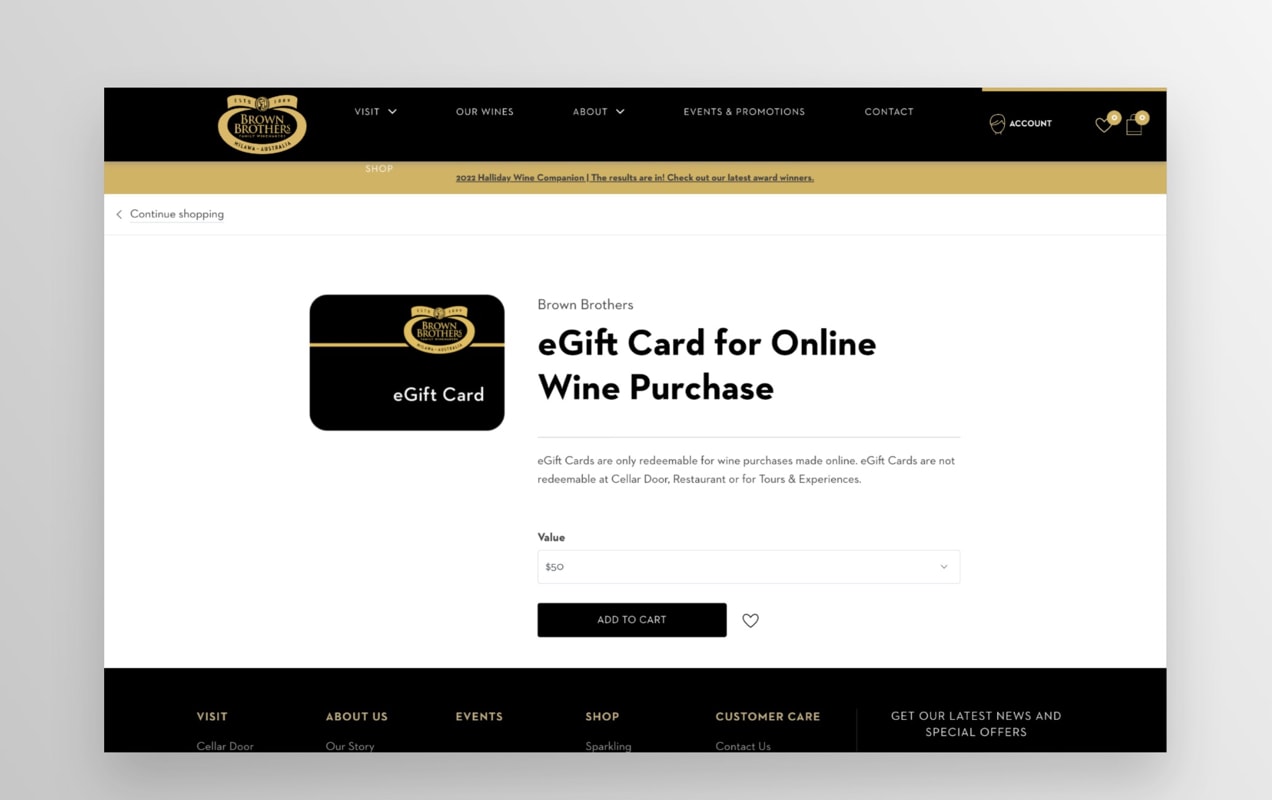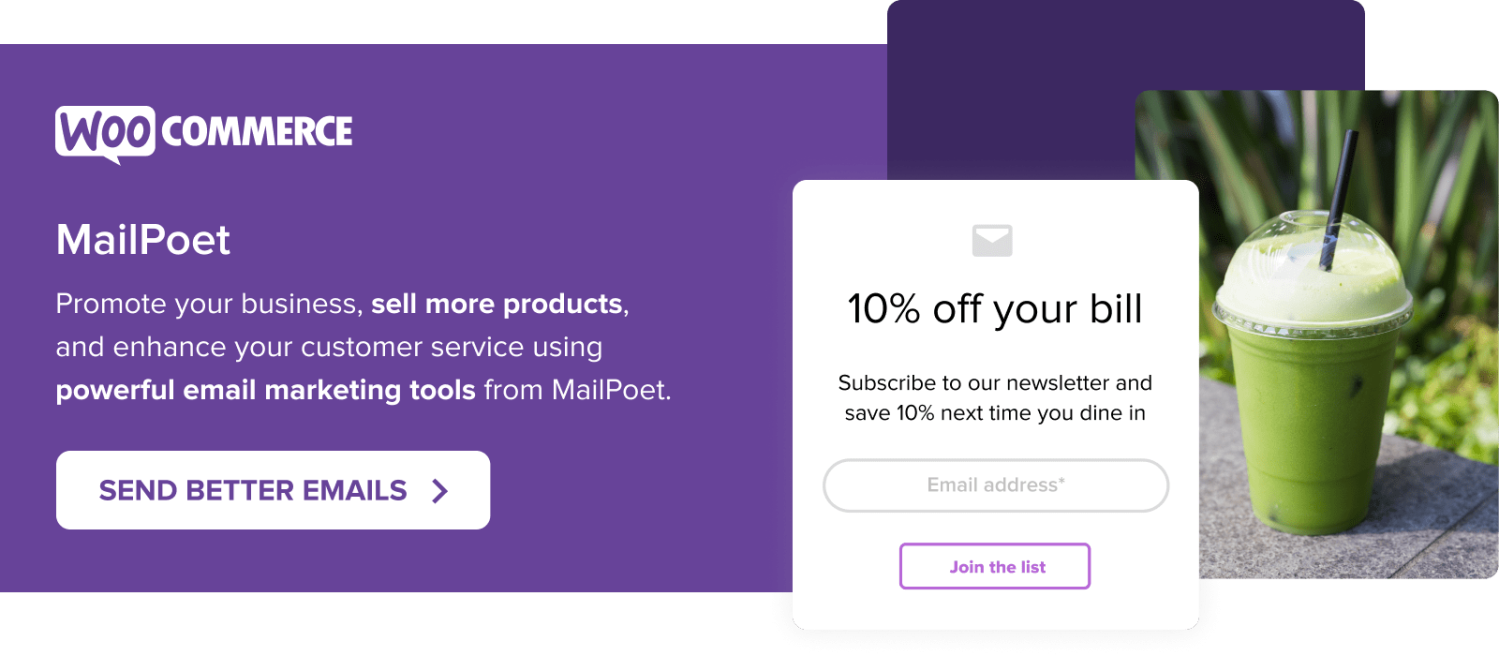During the holidays, your audience may not be your normal, year-round shoppers, but rather people that love those shoppers.
For example, if you sell hiking products, your average customer may normally be outdoor enthusiasts. But during the holidays, it may be the spouse, parent, child, or friend of an outdoor enthusiast who may even hate going outdoors themselves.
So how do you help these gift-givers find the perfect fit for their loved one, especially if they don’t know much about what you sell? Let’s take a look.
Create gift guides
↑ Back to topLet’s say that your store is full of video-game-themed merchandise like t-shirts, strategy books, and posters. Your normal audience may know all about each game, character, and inside joke. But what about the father looking to surprise his daughter with something for the holidays?
Gift guides are an awesome way to educate your new customers and help them feel confident about what they purchase. All you have to do is write a series of blog posts, each one focused on one of your buyer personas. So, the video game merchandise store might write guides for fantasy lovers, puzzle masters, retro gamers, and racing fans.
Or, they could write gift guides based on price (Top Video Game Gifts Under $35) or age (The Best Gifts for Gamers Under 12).
List items that fit into the theme of each guide, along with a few sentences about why they make a great gift. You probably want to include both your own items and related products from other stores, so that you don’t seem too biased.
This is a great way to provide actionable ideas for the dad who knows that his daughter loves puzzle games, but doesn’t know the specific characters or games she’s a fan of. Plus, they can also be super helpful for search engine optimization!
Sell bundles and packages
↑ Back to topBundles make things easy! Instead of having to peruse dozens of products looking for the perfect item for one of 15 people they’re shopping for, a person can simply buy a curated gift set.
There are two ways you can approach bundles:
Sell pre-packaged sets. Add a package of products that all go together. If you sell beauty products, this might be a spa set. If you sell snacks, it might be a movie night box.
Let shoppers select options. Allow gift-givers to customize their box while still curating the contents. For example, if a gift set includes a t-shirt, a sticker, and a mug, they may choose a shirt size, a sticker theme, and a mug design. This allows for some personalization while still making it an easy purchase and is simple to achieve with the Product Bundles extension.

Suzi Wong Creations, a UK-based fightwear company, sells a kids’ luxury bling boxing kit. Gift-givers can choose sizes for a jacket, socks, and shorts and also add customization in a variety of areas. This is the perfect, easy way for someone to shop for their loved one who enjoys boxing.
Answer all their questions
↑ Back to topWhile you always want to make it easy for customers to find answers to their questions, you may want to focus even more on this around the holidays. Add questions and answers to your FAQ page and write new blog posts that speak directly to your newest shoppers.
Here are just a few examples:
- How long will your products last?
- How many does my loved one need?
- What accessories are needed?
- Does anything need to be custom fitted?
- Is your product compatible with products my friend or family member already has?
And, of course, you want to answer questions about shipping and turnaround times (especially if they’re different around the holidays), return policies, and anything else that might affect someone’s purchase decision.
Add gift cards to your store
↑ Back to topWhat if a new shopper still has trouble choosing the right gift? Or maybe they want to give their friend or family member the freedom to pick out exactly what they want.
That’s why gift cards are a great option for the holidays. They’re easy and quick to purchase and ensure that the recipient gets something that they love. And the Gift Cards extension lets shoppers choose the perfect amount and even send a custom message.

Brown Brothers, for example, sells gift cards alongside their bottles of wine. There are many things to consider when purchasing wine — red or white, sweet or dry, sparkling or flat — and it can be a personal decision. So some holiday shoppers may much prefer just buying their wine-loving friend a gift card instead of guessing what they’ll like.
Write detailed product descriptions
↑ Back to topProduct descriptions are another excellent way to provide your new shoppers with all the information they need to make a decision. So, include lots of details. Share how your products are used, describe scents and flavors, and add extra information like size charts and allergens. This helps people feel confident with the gift they’re purchasing.
Change your marketing language
↑ Back to topWhen running holiday ad campaigns targeted at new customers, consider switching your language around. For example, if you sell paint supplies, you might currently run an ad that says:
“The top single-pigment watercolors so finely ground, they can be used for 0.15 mm airbrush work.”
That ad could be super successful when you’re marketing to experienced painters. However, it probably won’t mean much to someone just wanting to buy a great gift for their artist friend. So, instead, you might say something like:
“High-quality, long-lasting watercolors that even the pickiest painter will love.”
Recommend additional items
↑ Back to topHoliday buyers might be looking for multiple gifts, especially if they’re shopping for a spouse, parent, or child. And if they’re not super familiar with what you offer, they may go elsewhere for additional items.
Instead, make it easy for them to do all their seasonal shopping directly on your site by making product recommendations. You can add related products to individual product pages using default WooCommerce functionality.
Or get even more advanced with the Product Recommendations extension. You can create recommendation rules so that customers see products based on what they’ve looked at, items that are often bought together, the category they’re viewing, and more. Plus, add them to your shop page, product pages, and even the cart and checkout processes.
Add a variety of photos
↑ Back to topPhotos are super helpful to demonstrate how a product is used and communicate key details like size, color, and material. Start by taking high-quality photos that best represent your items. Then, include a variety of them. Here are some things to consider:
- A variety of angles. Show the product from the front and back, top and bottom, and both sides.
- Use cases. Demonstrate how your product is actually used through your photos. And if it has multiple uses, like a high chair that converts into a toddler chair, show all of them.
- Size. If size is important for your item, show it in context, like being held in someone’s hand.
- Color. Make sure your photos are well-lit and accurately communicate the color of your item.
- Your target audience. Include people in your photos that are representative of those that use your products. Are your items for parents? College students? Dogs? Show them engaging with those products. This will help potential buyers imagine their loved one really using them.
Feature reviews
↑ Back to topFor someone who might not be super familiar with your store or industry, reviews can make all the difference. They may not know if your products are high-quality, but if they read real ratings and comments from people who actually use your items, they’re more likely to trust you.
If you don’t have a lot of reviews, there are ways to gain more before the holidays. Email marketing, for example, is one of your best tools. Learn more about collecting reviews through email.
Remember your audience
↑ Back to topNo matter the time of year, it’s important to consider your audience with every decision that you make. But during the holiday season, your audience may shift to gift-givers. While that doesn’t mean you should change absolutely everything about your online store and marketing efforts, there are some things you should consider.
Follow the tips above to make things easier for holiday shoppers and encourage more sales. How have you adapted for the season? Let us know in the comments.
About





